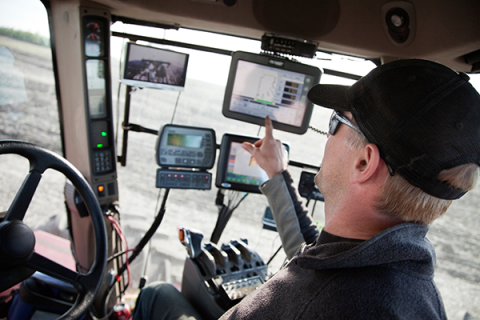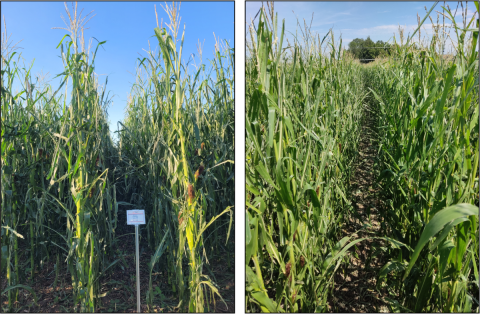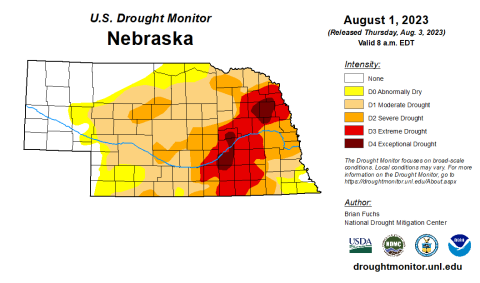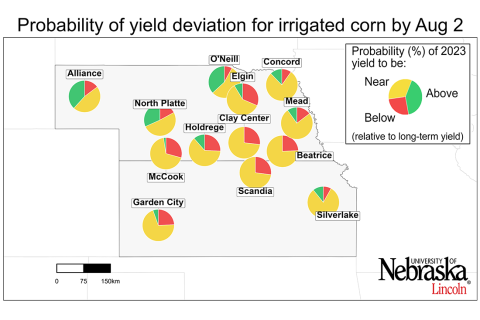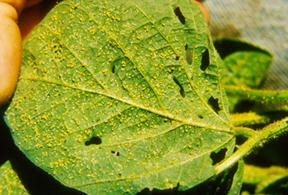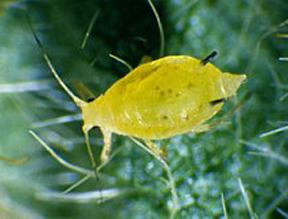West Central to Host 19th Annual Water and Crops Field Day
August 4, 2023
This free field day will feature producer and industry panels on covers crops and USDA's Climate Smart Initiatives, as well as field tours and demos on irrigation sensing tools, cover crops, western bean cutworm and drones in pesticide application.
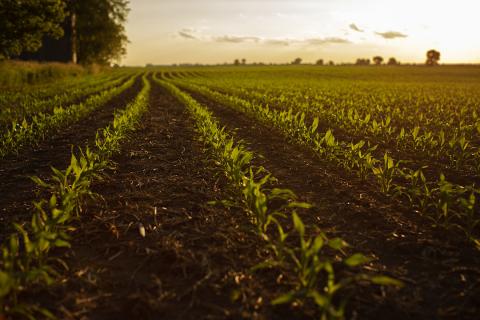
Ag Land Management Webinar to Offer the Latest on Cash Rents, Lease Arrangements for 2023
August 4, 2023
The Aug. 21 webinar will cover recent findings from the 2023 Nebraska Farm Real Estate Report, including updates on average cash rental rates, land values and trends in flexible cash lease arrangements.
Pasture and Forage Minute: Corn Silage Harvest and Storage, Rejuvenating Thin Alfalfa
August 3, 2023
Extension educators share recommendations on strategies for silage harvest and storage, and ways to improve thinning alfalfa fields to delay the need for a complete reseeding.
TAPS Corn Fields Battered by Hail for First Time in Competition History
August 3, 2023
The TAPS team estimated there was approximately 35%-50% leaf defoliation and consequently, corn yield loss is currently anticipated to be 17%-31% for the 2023 competition.
Weekly Weather Update: Aug. 3, 2023
August 3, 2023
In the last week, numerous areas in the eastern half of the state received upwards of five inches of rain, relieving severe drought conditions in several counties — particularly in central Nebraska.
2023 Corn Yield Forecasts as of Aug. 2
August 3, 2023
There continues to be a high probability of near-average yields for most irrigated sites in the Corn Belt, while expectations for rainfed corn sites are diverse across the region.
Although at Low Levels, Soybean Aphids are in Nebraska
August 2, 2023
With soybean aphid infestations, it's important to preserve natural enemies under an integrated pest management approach, as well as treating only when pest populations reach economic or treatment thresholds, to let beneficial insects do their work.
Soybean Aphid Scouting and Management
August 2, 2023
Soybean aphids in Nebraska typically reach the economic threshold and require treatment in late July through August. Treatment during this time is usually enough to keep aphid populations from resurging before they leave fields for the season.
